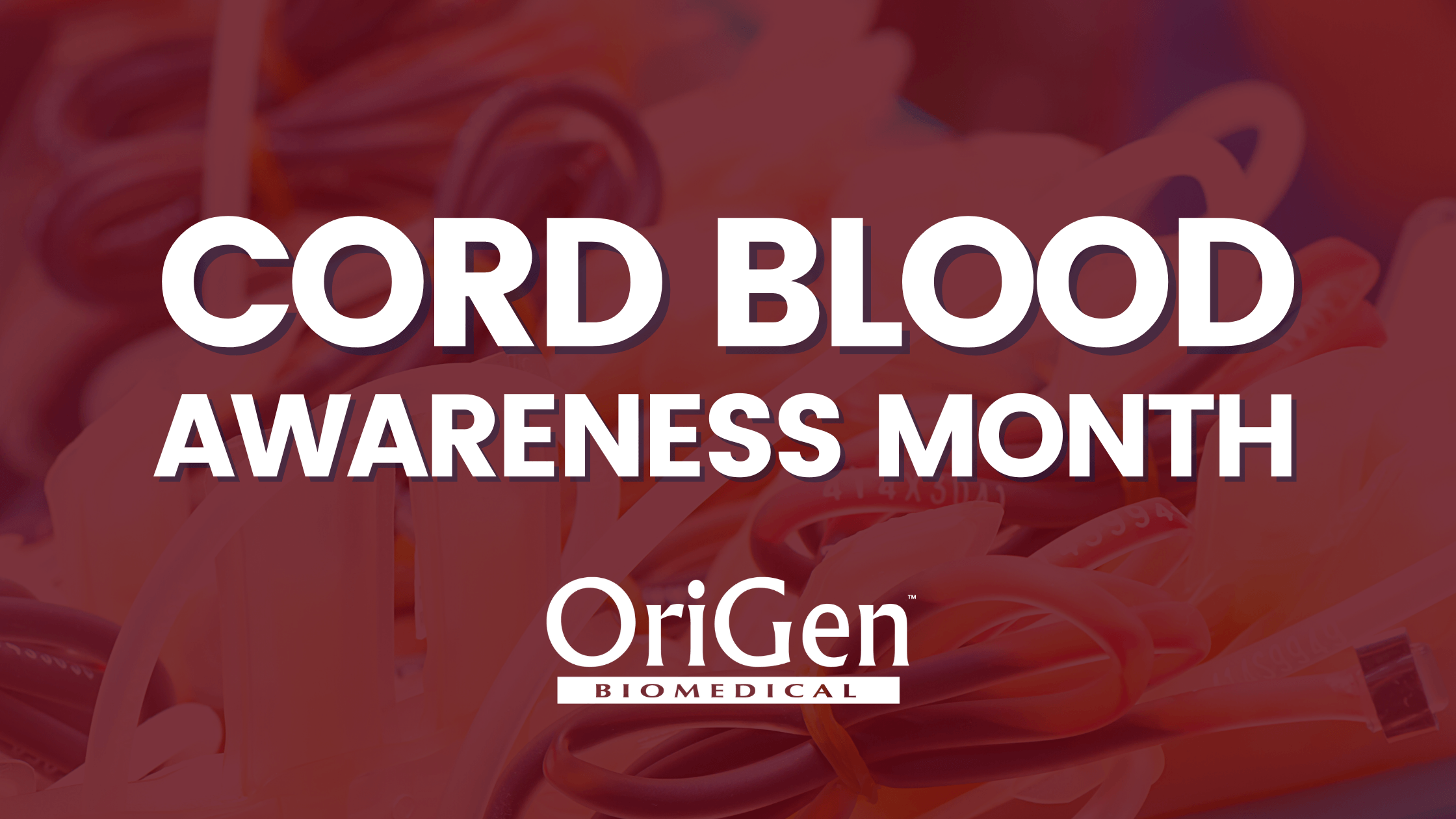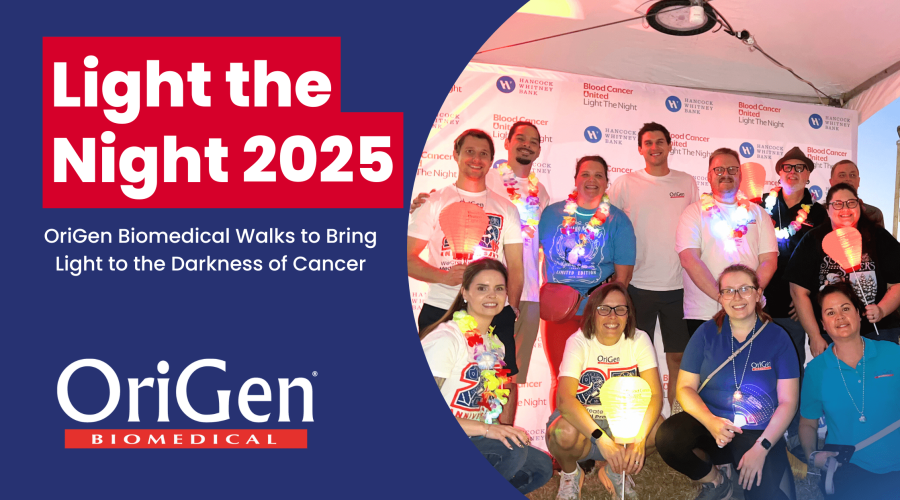July is recognized as Cord Blood Awareness Month. This month aims to educate people about cord blood donation and storage benefits. Cord blood is the blood that remains in the umbilical cord and placenta after a baby is born. It contains valuable stem cells that can be used to treat various diseases and disorders. Cord blood stem cells have the unique ability to differentiate into various types of cells and tissues. This makes them useful for treating a wide range of medical conditions, including leukemia, sickle cell anemia, and immune system disorders.
Despite the potential benefits, cord blood donation and storage rates are still relatively low. According to the National Marrow Donor Program, only 4% of cord blood units are donated to public cord blood banks. This means that the vast majority of cord blood is discarded after birth.
To increase awareness of the importance of cord blood donation and storage, here are some statistics:

Cord blood banks use various processing and storage methods as well as different containers and cryoprotectants to store cord blood. OriGen Biomedical delivers a comprehensive suite of products for small-volume cryopreservation. CryoStore Multi-Chamber Freezing Bags are the next-generation single-use disposables with five 4-6ml chambers allowing for multiple post-thaw applications. In addition, OriGen supplies CryoPur® DMSO cryopreservation solutions and accessories for fluid transfer to simplify the cryopreservation process.
Overall, cord blood donation and storage can save lives and provide hope for people suffering from life-threatening diseases and disorders. Cord Blood Awareness Month is an excellent opportunity to educate people about the importance of cord blood donation and encourage them to consider donating their baby’s cord blood.
Sources
- Save the Cord Foundation
- Health Resources & Services Administration – Donation and Transplantation Statistics
- Umbilical Cord Blood Transplants: Current Status and Evolving Therapies
- Gift of Life
- Be the Match – Donor Search FAQs
- The Icla da Silva Foundation – Donation Process
- Be the Match – How does a patient’s ethnic background affect matching?
- Be the Match – Cord Blood FAQs
Cord blood transplants have been used to treat more than 80 life-threatening diseases and disorders, including leukemia, lymphoma, and other blood disorders.[1]
More than 266,000 cord blood units are on the donor registry. This total includes more than 115,000 units from the National Cord Blood Inventory (NCBI), with over 4,000 NCBI units added in 2021.[2]
In 2019, there were over 40,000 cord blood transplants performed worldwide.[3]
The chances of a person needing a stem cell transplant during their lifetime are about 1 in 200.[4]
The likelihood of finding a matching donor within a person’s family is about 30%.[5]
The likelihood of finding an unrelated donor on the national registry is about 1 in 430.[6]
A total of 22,013 hematopoietic cell transplants (HCTs) were performed in the United States in 2020, with 7% using cord blood units.[2]
Cord blood units from ethnic minorities are especially important, as they increase the chances of finding a matching donor for people from those same ethnic groups.[7]
Cord blood donation to a public bank is free, and there are no costs to the donor. Public cord blood banks cover the costs of collecting, processing, and storing cord blood units. If you decide to use a family cord blood bank, you will be charged a fee for collection as well as annual storage fees.[8]
Cord blood donation does not harm the mother or the baby. It’s only after the baby is born that blood is collected from the cord and placenta. No blood is ever taken from a baby directly.[8]




